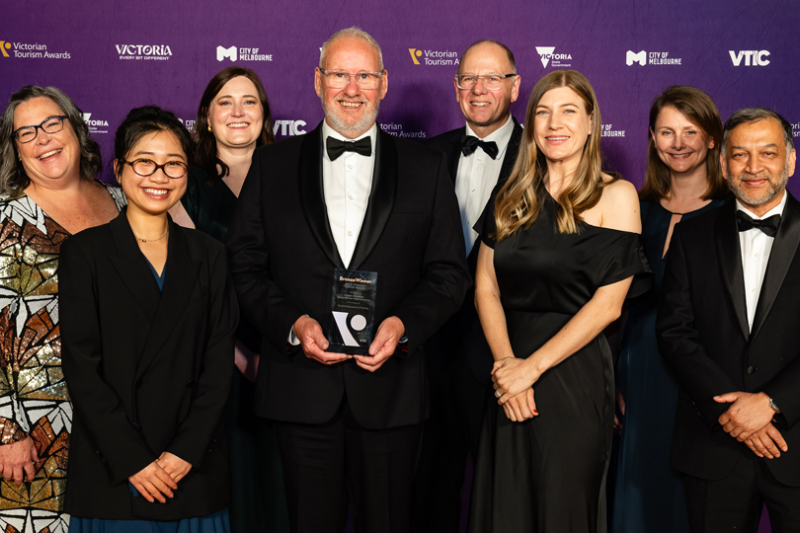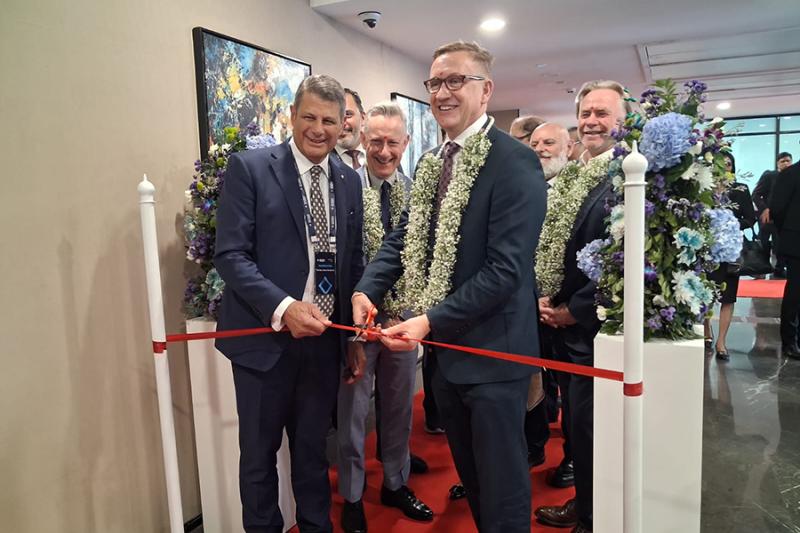The best of both worlds? Integrating VET & higher education

Integrating vocational education and training (VET) with university qualifications is expensive and challenging, a new report by the Centre for International Research on Education Systems (CIRES) at Victoria University has found.
However, the report found that greater integration of VET and higher education institutions, including staff and facilities, was achievable and delivered improved pathways, training and flexibility for students.
The report The best of both worlds? Integrating VET and higher education was commissioned by the National Centre for Vocational Education Research (NCVER) and delivered by Victoria University’s CIRES and Griffith University.
The report followed the Joyce Review into the VET sector which included among its 71 recommendations, greater integration between the VET and higher education sectors.
Report co-author Dr Elizabeth Knight said dual sector providers were integrating studies well.
“Dual sector institutions are providing clear pathways where students can start their studies in VET and have a guaranteed entry and receive some credit if they progress onto a like degree at university."
"This provides students with the more practical workplace skills to get their foot in the door of workplaces and higher level education and thinking to progress their careers,” Dr Knight said.
“However, this arrangement was often implemented within the dual sector institutions. The sector could benefit more if non-dual-sector universities and VET providers recognised qualifications from other institutions.”
“We also looked at embedded learning where apprentices worked with an employer and attended university for their qualification. However, in the limited examples of this type of qualification, employers were reluctant to release staff for training and it was challenging to gain course regulatory approval as it was somewhat outside of the box of standard training.”
The report revealed the main barrier to more integrated qualifications was the time and expertise needed to map VET and university content, which was a costly process for the institutions.
Other significant challenges include overcoming competitive pressures between institutions, convincing industry and employers to invest in and recognise integrated arrangements, as well as creating delivery arrangements which appeal to students.
The report looked a four types of integrated qualifications:
Endorsed: A university may encourage students to study a specific VET course or subject but the course does not receive credit for the university degree. This was the most common type of integrated study. For example, physiotherapy students are encouraged to study a VET fitness training course so they can work in the fitness industry while studying their degree and gain related workplace experience.
Consecutive: A VET course provides a guaranteed or linked pathway to a similar university course, commonly provided by dual-sector providers.
Concurrent: Dual enrolment into both VET and higher education courses, undertaken within same period. This was found to be very expensive to map all subjects and ensure both VET and higher education course provided comprehensive training.
Embedded: Apprentices/cadets working for an employer and studying at a VET institute and university. This was found to be expensive, difficult to gain regulatory approval and employers were not supportive of diverting work hours to study.
Contact us
Elizabeth Knight
Research Fellow, Centre for International Research on Education Systems (CIRES)
[email protected]


